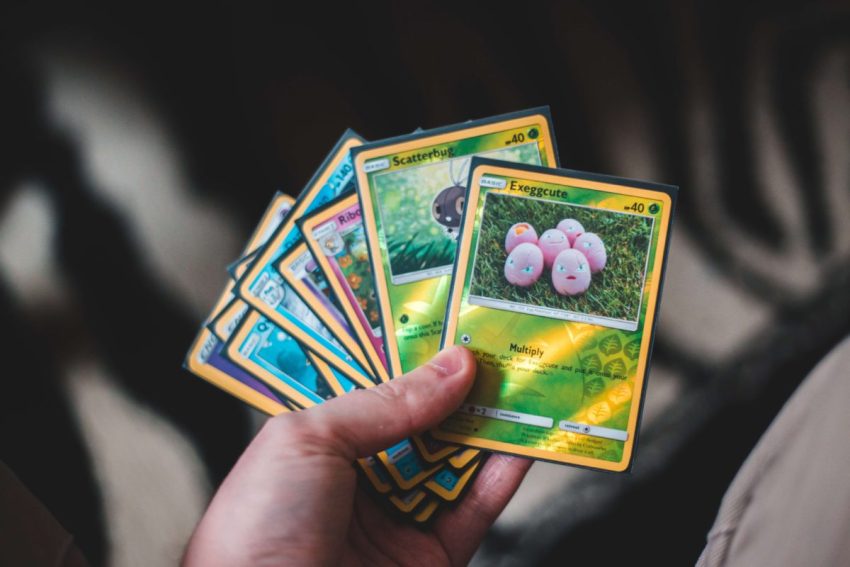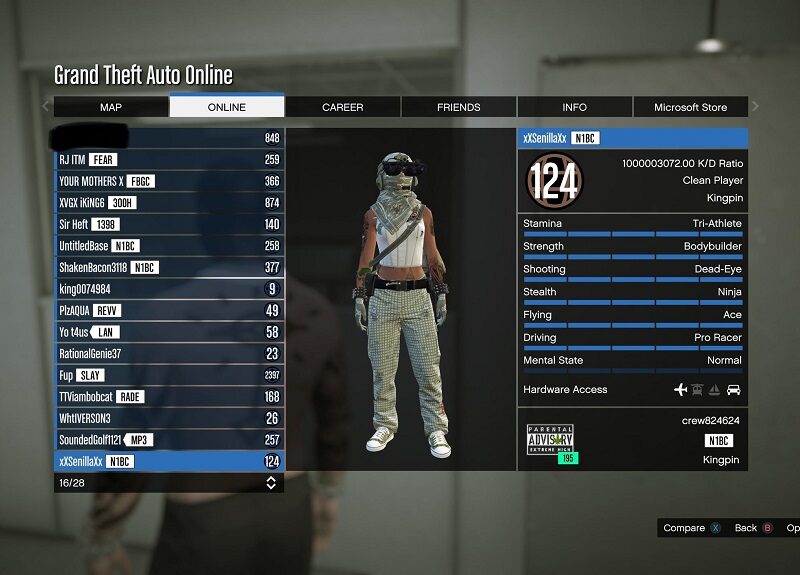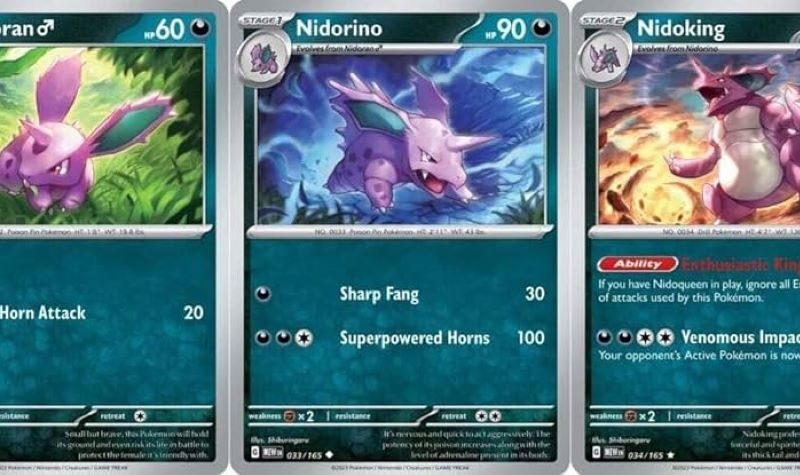Pokemon cards are a huge part of any Pokemon enthusiast’s collection. Whether it’s your favorite ones or the cards you just got, grading your cards is important to keep your collection in good condition.
That being said, grading your cards can be tricky. There are some common mistakes that collectors make, and there are tips and tricks to follow to get the best grade possible. In this blog post, we’ll talk about everything you need to know about grading your cards—from the grading scale and grading tips you should follow to what you can do if your cards have problems. So read on as we dive into all things Pokemon card grading scale, tips, and what to do if things don’t go according to plan! The article is presented by engineersnetwork.org
What is Pokemon Card Grading?

Pokemon card grading is the process of assigning a numerical value to a card based on its condition and grade. In Pokemon card grading, there are six different grades of cards – NM, M, C, B, A, and R. The higher the grade, the more valuable the card is.
To grade a Pokemon card, you will need a composition book, pencils or pens, and a calculator. To determine the value of a Pokemon card, you will need to calculate its rarity and grade. There are many factors that go into determining the value of a Pokemon card, so it is best to consult with a certified Pokemon card grader for accurate grading. Discover how to evolve snom
Pokemon Card Grading Scale
The condition of a Pokemon card falls into two categories: Near mint (NM) and mint (M). NM cards are in near-perfect condition, with no notable defects. M cards, on the other hand, are in mint condition, with no damage to the card or any writing on the card. They are in perfect condition.
The conditions of the card artwork fall into two categories: near mint (NM) and mint (M). NM cards have no defects on the card art. The images on the cards are bright and clear and free of scratches or tears. Mint cards, on the other hand, have no defects in card art. The images are bright and sharp and free of scratches or tears.
The conditions of the card text fall into two categories as well: near mint (NM) and mint (M). NM cards have no defects in the text. However, mint cards have no writing on them at all.
The condition of the back falls into two categories as well: near mint (NM) and mint (M). NM cards have no defects on the back of the card. Mint cards are perfect, without any damage to the card or any writing on it.
The condition of the holo foil stamp falls into one category: near mint (NM). It indicates that a particular Pokemon card is in near-perfect condition with no notable defects.
Grading tips for Pokemon cards
As a collector, it’s important to grade your cards using a consistent grading methodology. This helps you track your collection’s progress and make improvements as needed. Here are some tips for grading your cards using a scoring system:
– Use different grading methods for different types of cards, such as collectible chase cards, tournament playable, and commons.
– Use pictures or sketches to illustrate the card’s condition. This helps you quickly identify card flaws and areas of concern, such as creases or stains.
– Record the details of each card, such as its rarity and foil status. This allows you to easily track your collection’s progress and make improvements as needed.
– Keep a detailed record of your collection so that you can track its progress and make improvements as needed. This way, you can document your card collection and track its growth over time.
What to do if you have problems with grading your cards?
If you have a problem with grading your cards, first make sure all cards are properly sorted and grouped. This will help you avoid the problems of cards being mixed up or missing from the grading process.
Once your cards are sorted, check for missing or incorrect card information. Make sure this information is correct and complete by checking the card title, card type, rarity, set, edition, and card number.
After verifying each card has been graded according to the correct criteria, correct any errors that have been made. Save the corrected file as a new version of the card deck. This will ensure your cards are graded correctly and can be used for tournament play without any issues.
Conclusion
The art of card grading is a fascinating part of the card-collecting hobby. There are many factors that go into card grading from the condition, the printing process, the design, and more. While there isn’t any simple solution to grading cards, following these tips will help you understand the grading scale better and know how to grade your card.
You may like to read How To Evolve Eevee Into A Strong Pokemon GO Team Member



